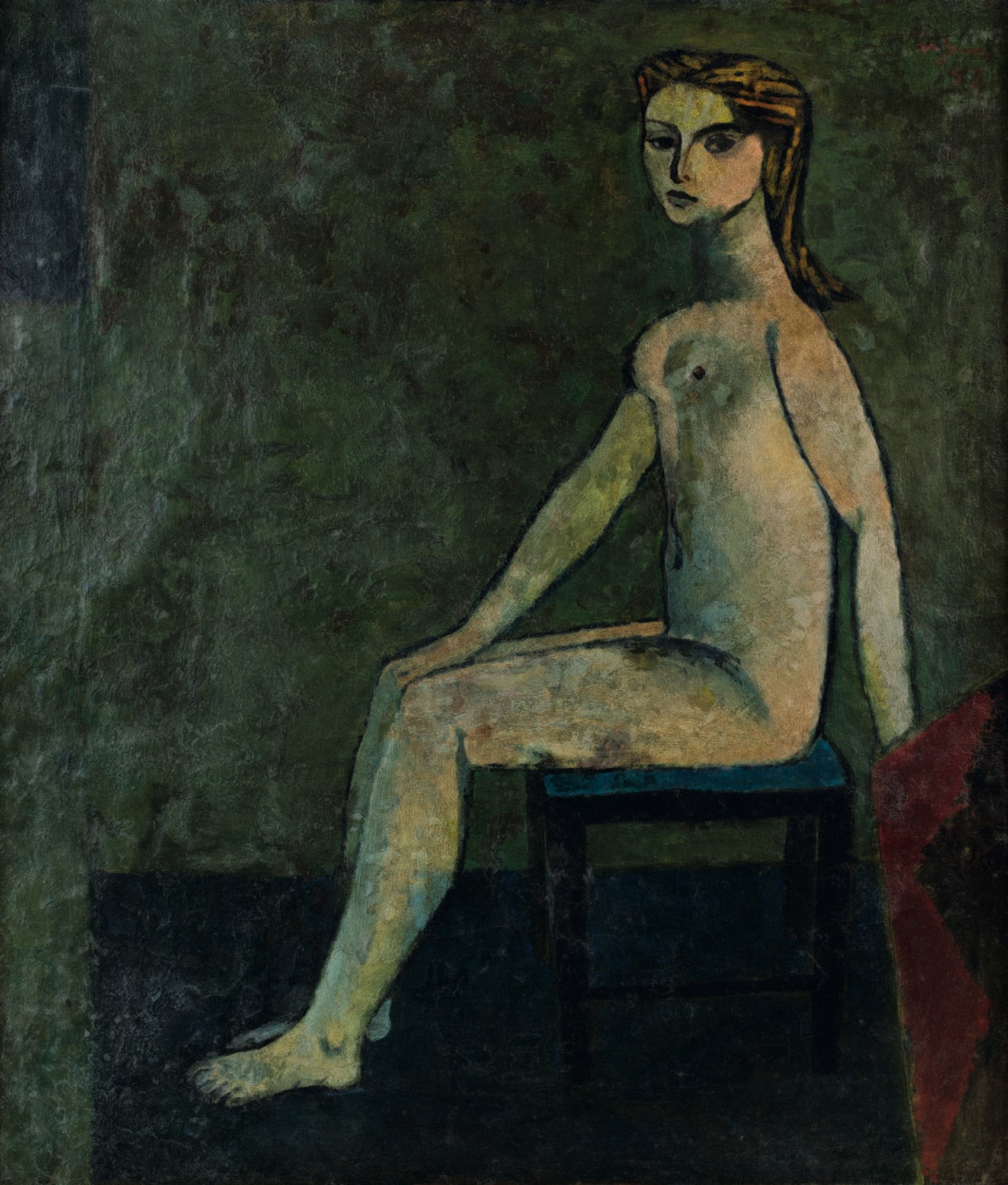Spain, Argentina, 2011, DV, 16 mm, color, 169’
Spanish and English with Turkish subtitles
Both Catalan Albert Serra and Argentinean Lisandro Alonso are two of the most idiosyncratic formal innovators in cinema. With just one film each, both of which refer to a previous work, they each reflect upon their respective forms of filmmaking without directly addressing the other. In the two and a half hour The Lord Worked Wonders In Me, Serra brings the actors from Honor de cavallería and his team of staff to La Mancha to follow in the footsteps of Don Quixote. There is a lot of debate, eating and waiting around. For Untitled (Letter For Serra), Alonso returns to the province of La Pampa to accompany the woodcutter protagonist from his film La libertad once again – a short film without words until the end, when the plot of a future film project is then read out.

A series of small and rather similar nudes Bedri Rahmi Eyüboğlu and Eren Eyüboğlu produced in the early 1930s almost resemble a ‘visual conversation’ that focus on a pictorial search. It is also possible to find the visual reflections of this earlier search in the synthesis Bedri Rahmi Eyüboğlu reached with his stylistic abstractions in the 1950s.

The exhibition Look at Me! Portraits and Other Fictions from the ”la Caixa” Contemporary Art Collection examines portraiture, one of the oldest artistic genres, through a significant number of works of our times. Through the exhibition we will be sharing about the artists and sections in Look At Me!. This time we are sharing about Janine Antoni , exhibited under the section “The Conventions of Identitiy”!
Tuesday - Saturday 10:00 - 19:00
Friday 10:00 - 22:00
Sunday 12:00 - 18:00
The museum is closed on Mondays.
On Wednesdays, the students can
visit the museum free of admission.
Full ticket: 300 TL
Discounted: 150 TL
Groups: 200 TL (minimum 10 people)